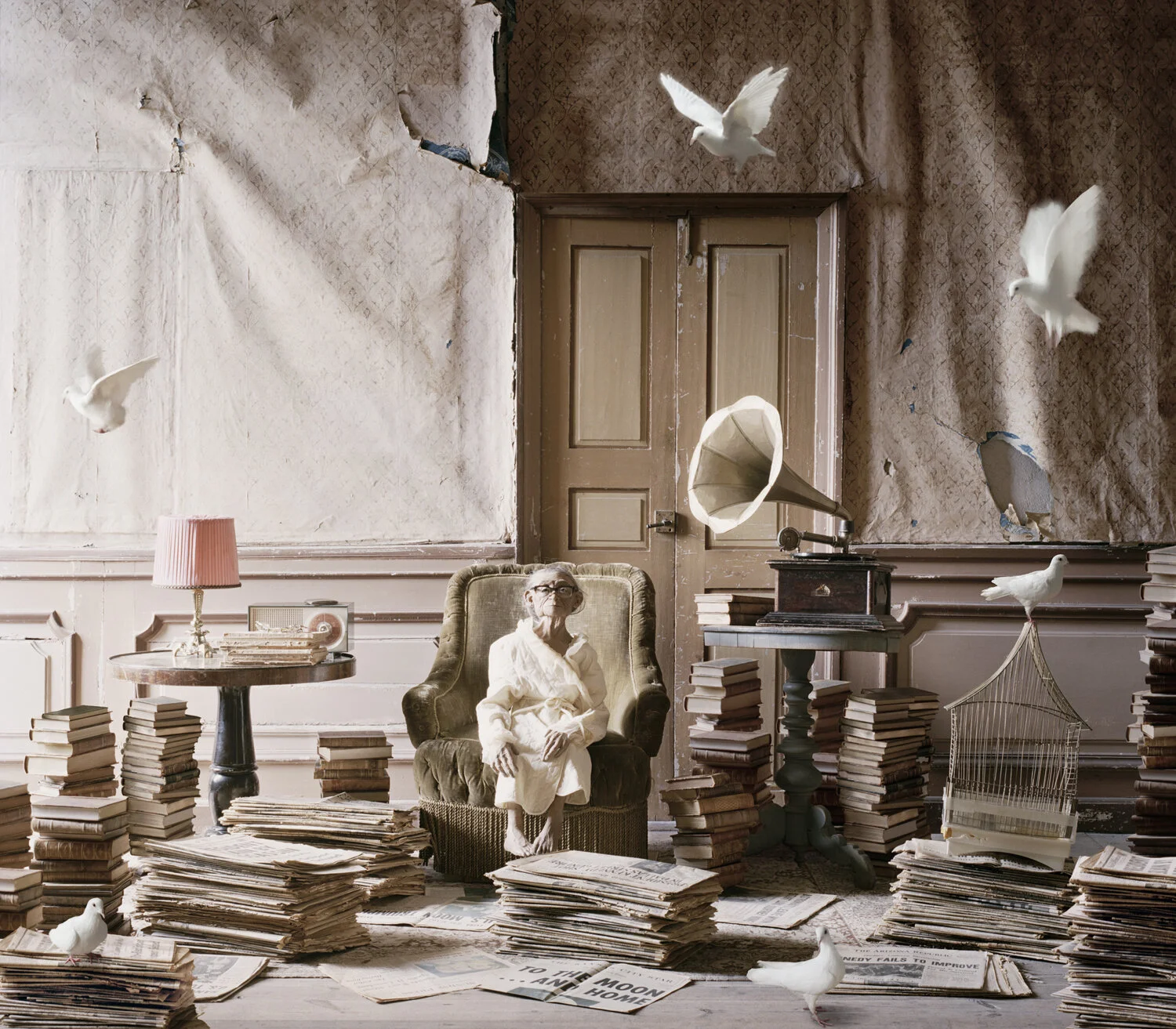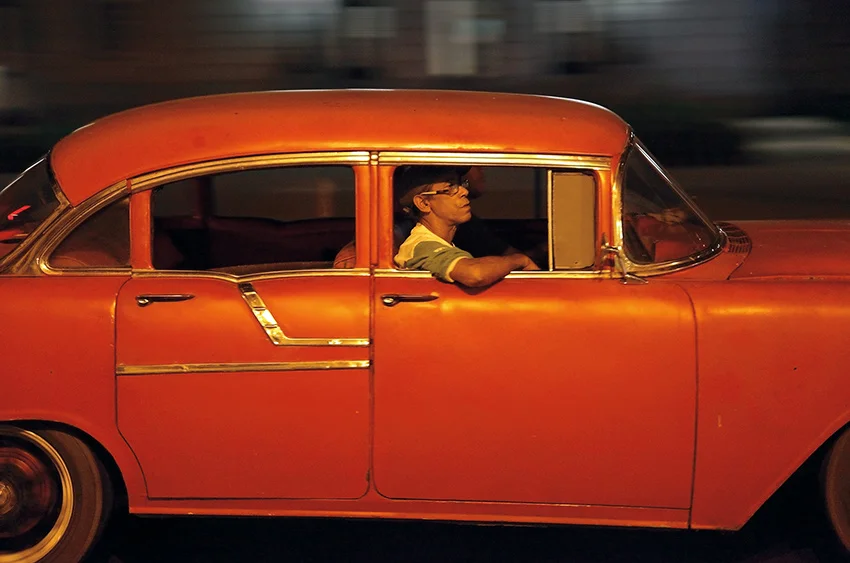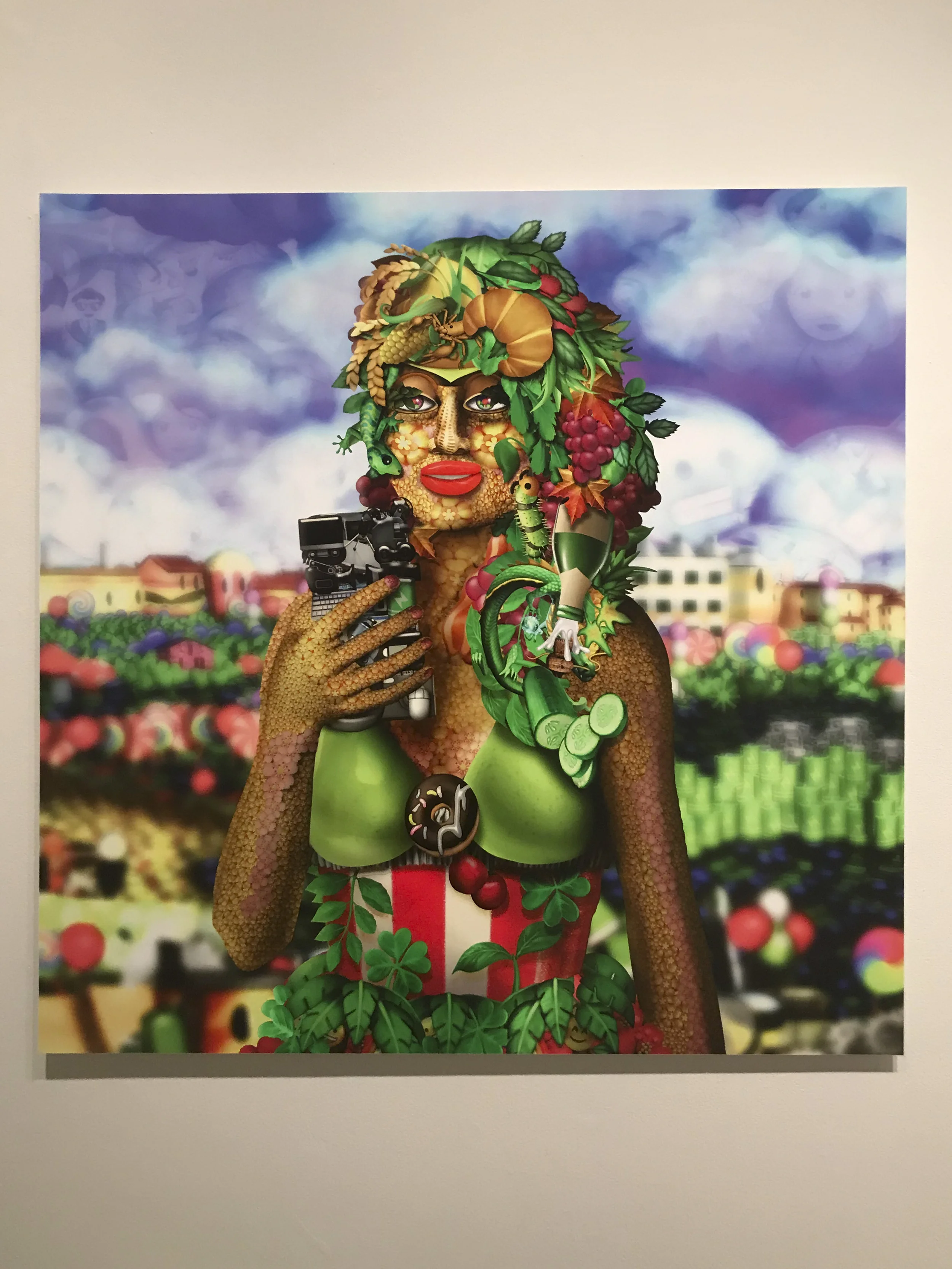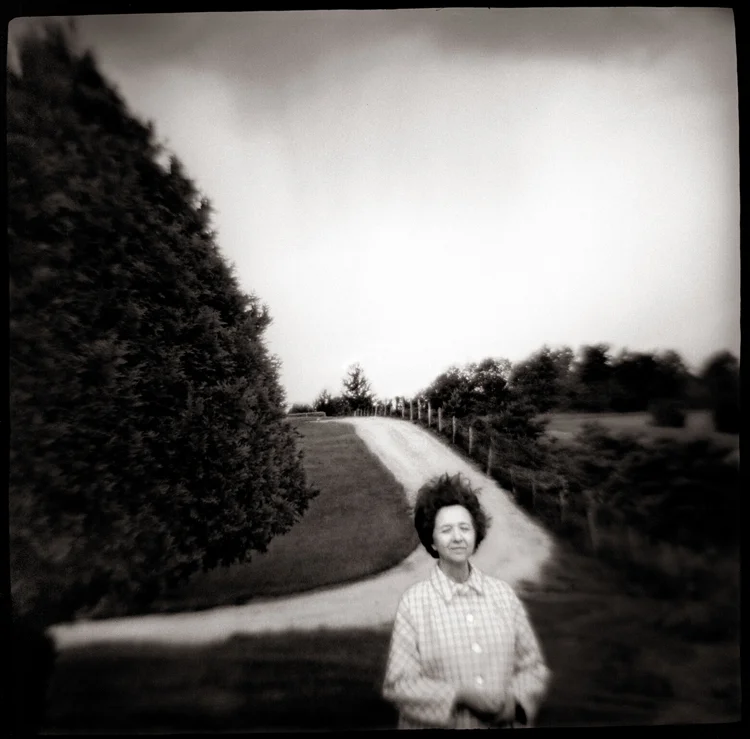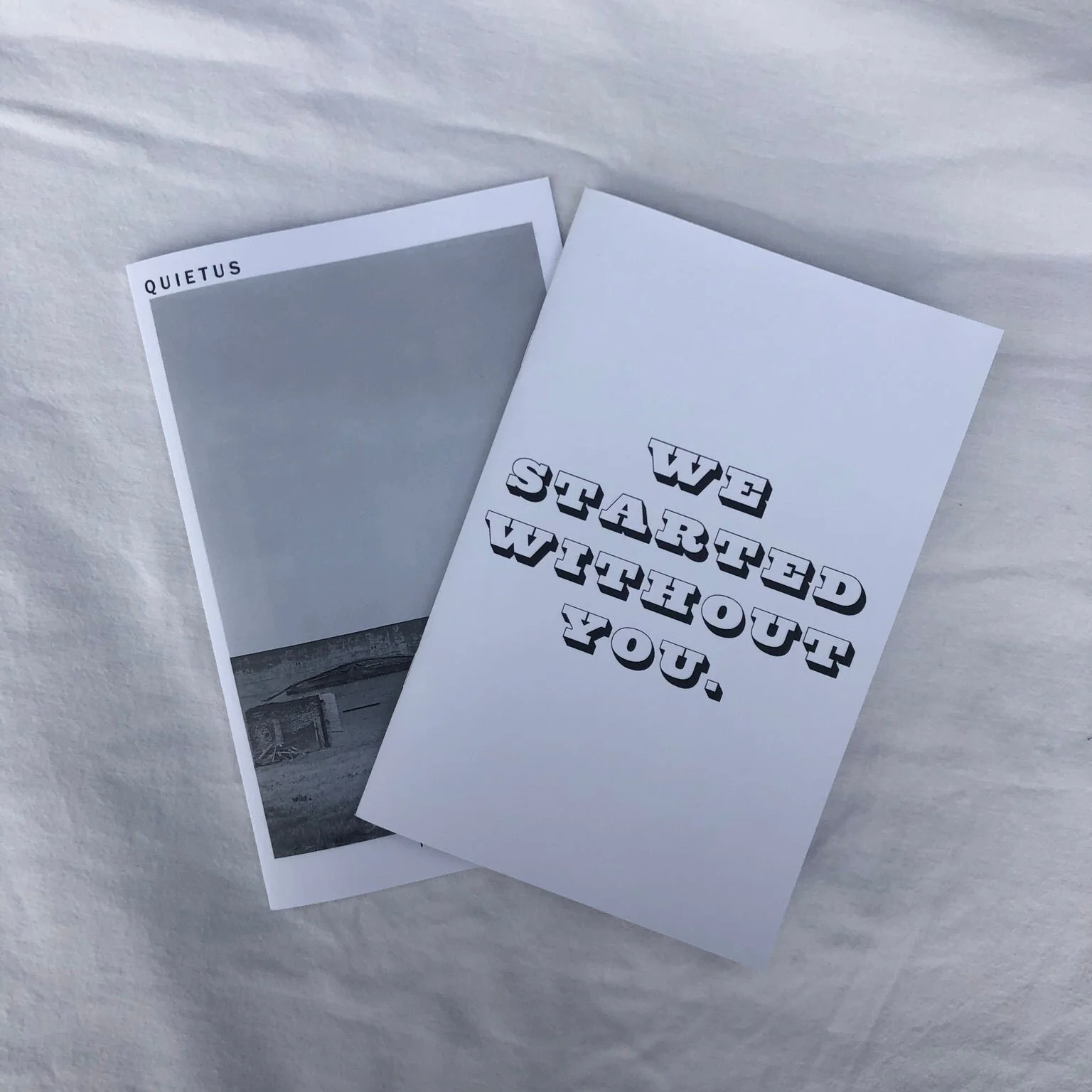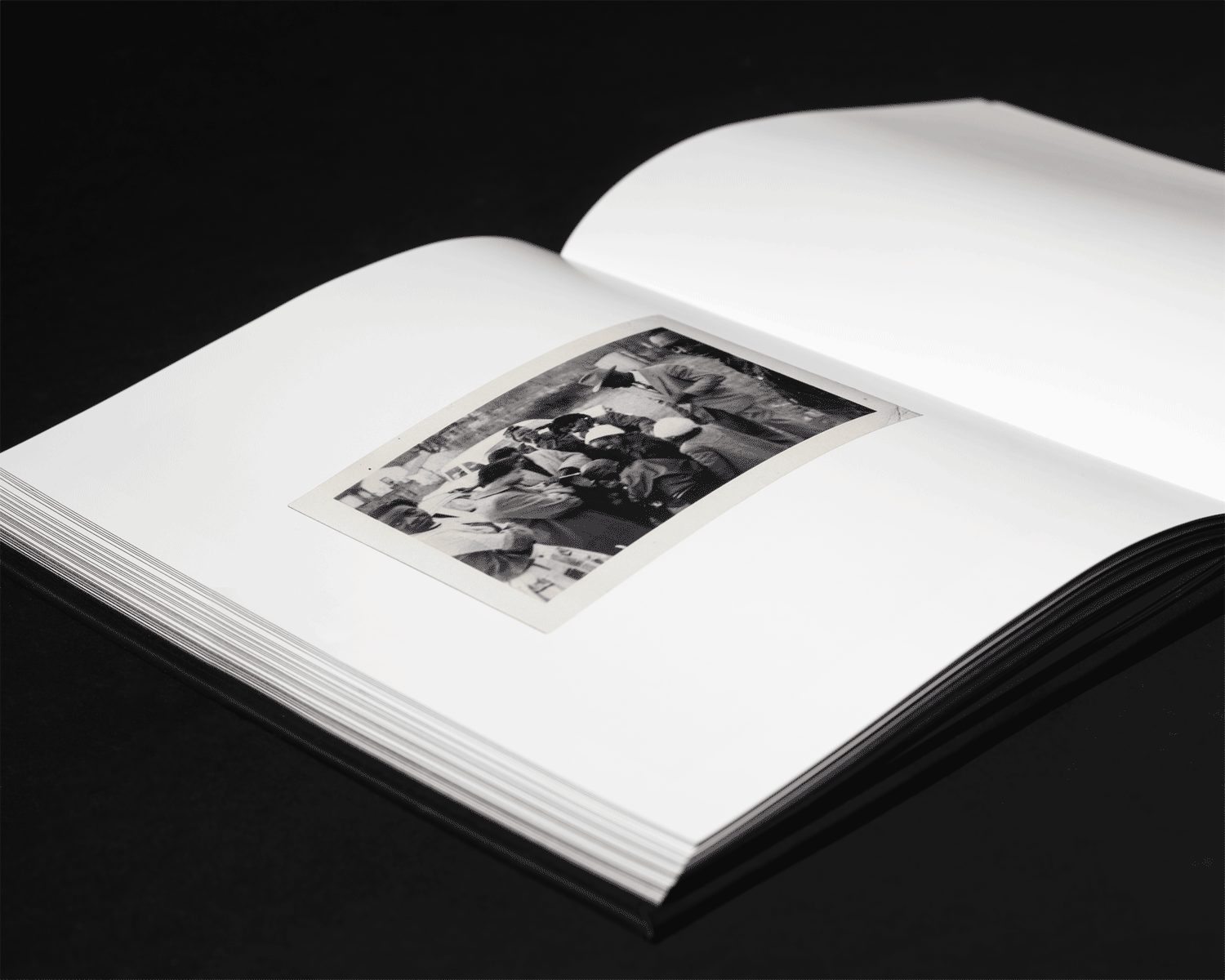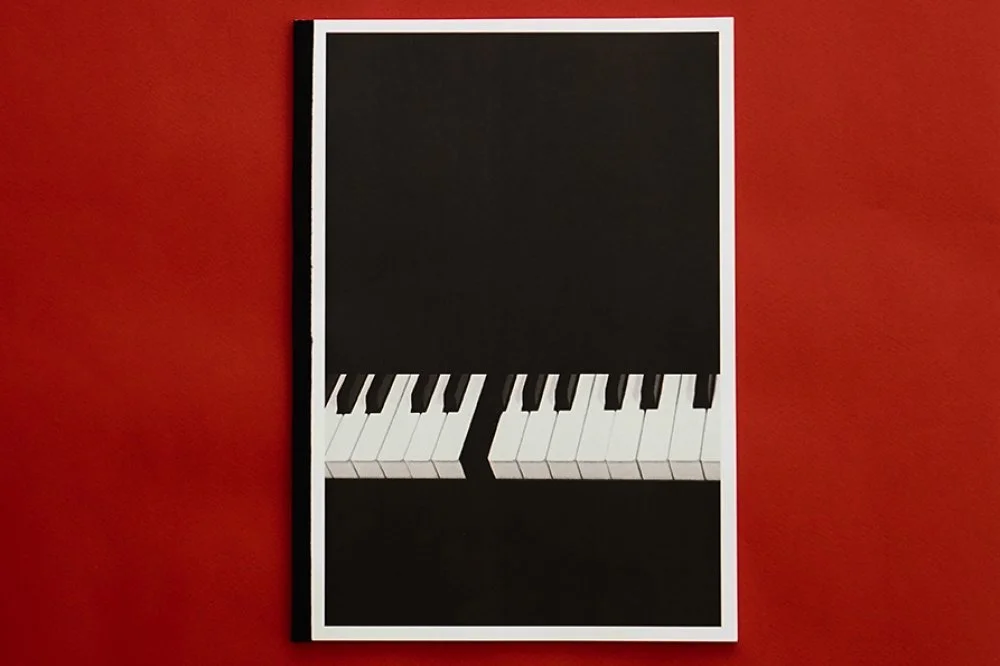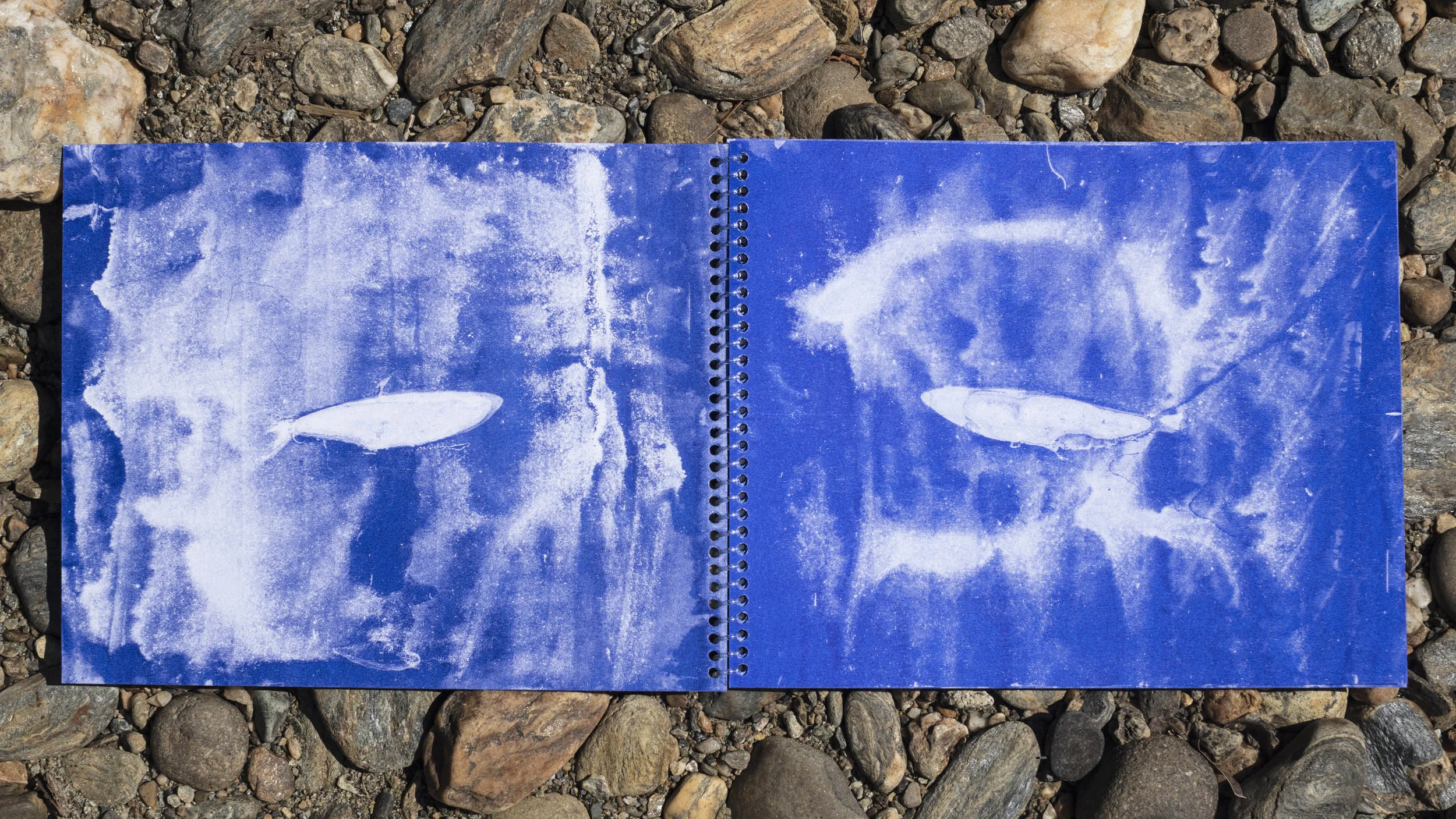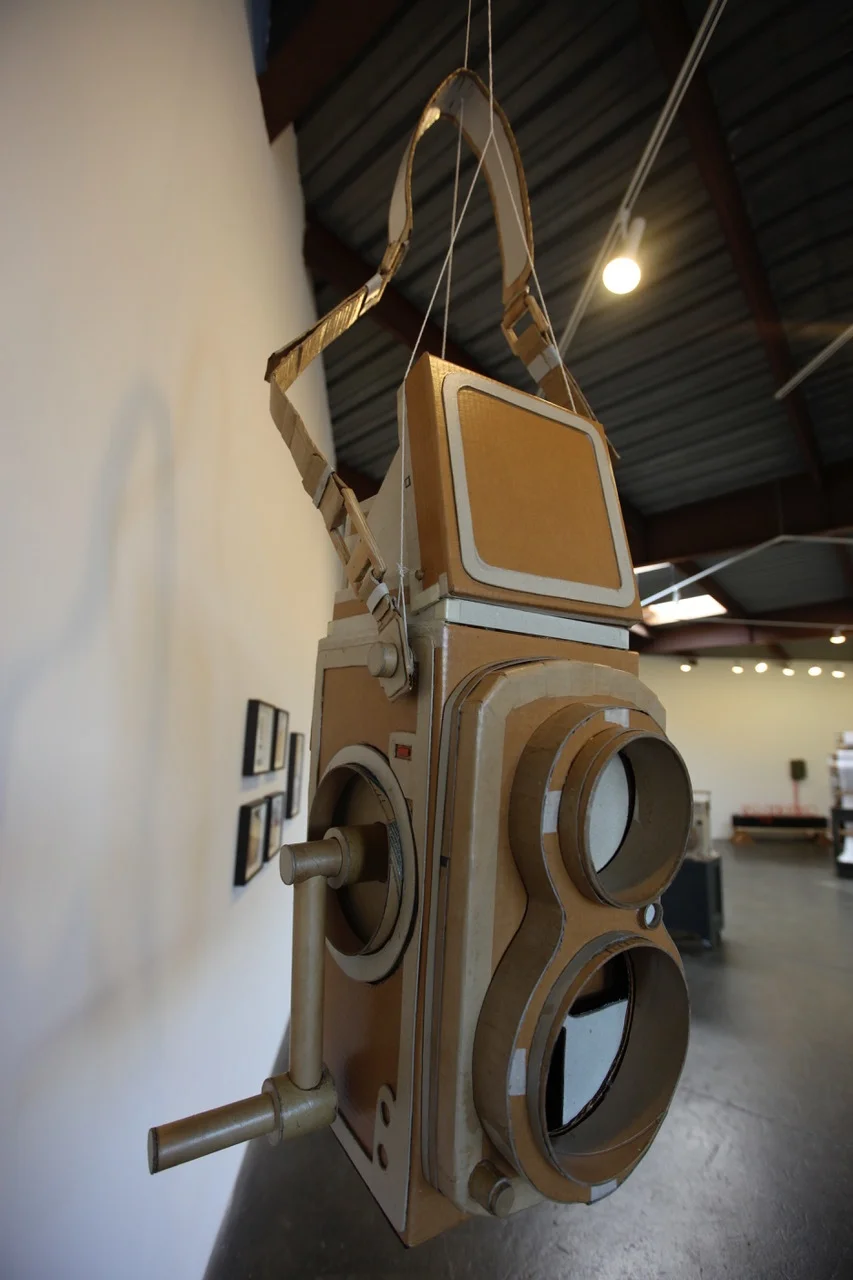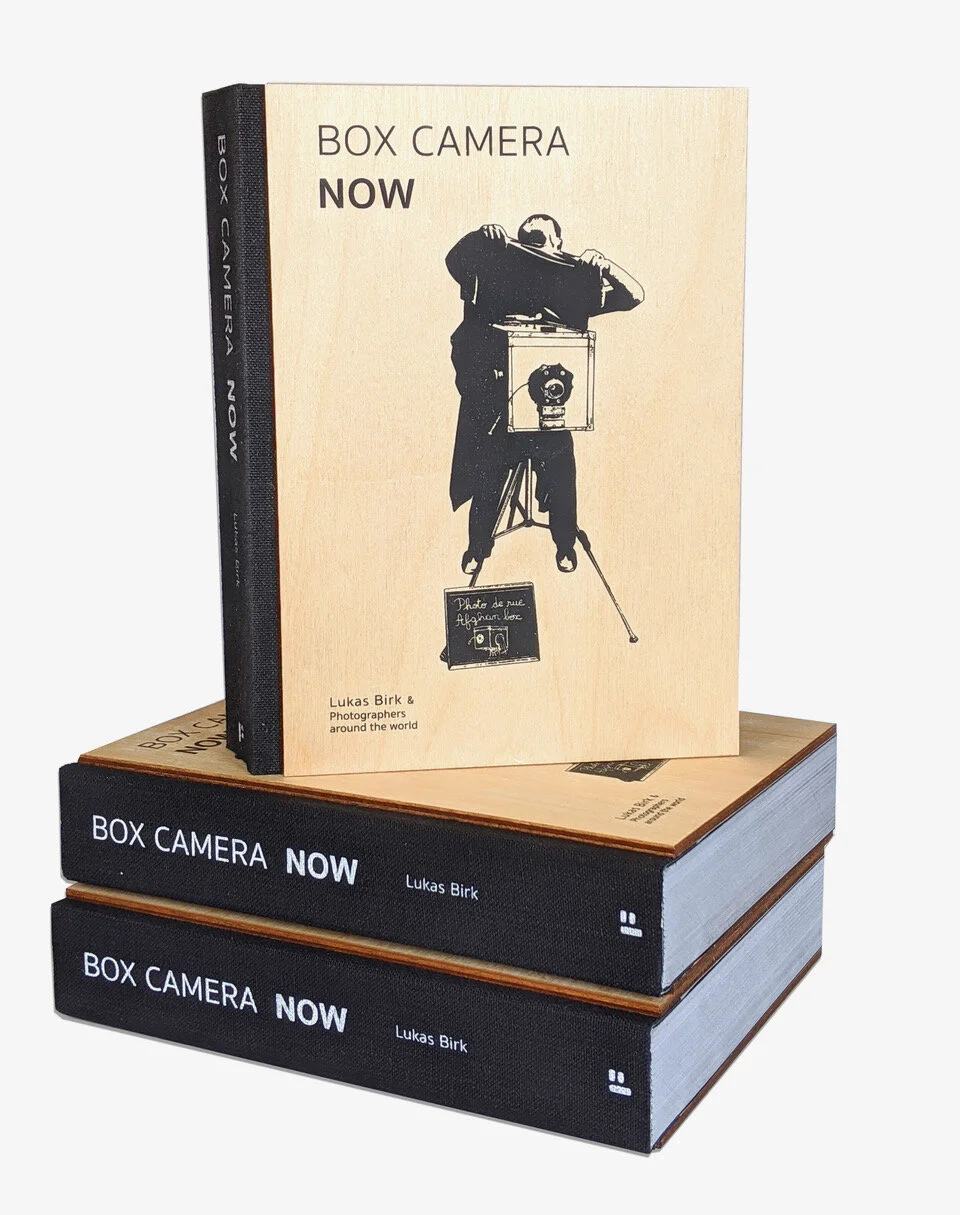For the tenth installment of Don’t Take Pictures’ recommended reading, I have compiled a Winter reading list for all of you arts readers looking for something to read by the fire or add to your holiday wish list. I have chosen to limit this list to printed books and not include online content or periodicals. I have read each book on this list, and selected titles that I have found helpful in my own art and business practices. This list is not intended to be a review of each book, nor is it focused on new releases, as there are so many great books that remain relevant today.
What Art Is
Arthur C. Danto
Publisher: Yale University Press, 2014
Pages: 192
Danato tackles the complex and herculean task of defining art in clear, concise writing. Taking the approach of a philosopher rather than an art-world insider, he posits that art is defined by the criteria of meaning and embodiment as well as the viewer’s interpretation. References include philosophers such as Hegel and Kant, and artists including Michelangelo, Duchamp, and Warhol.
Purchase from Yale University Press
Playing to the Gallery: Helping Contemporary Art in Its Struggle to Be Understood
Grayson Perry
Publisher: Penguin Books, 2018
Pages: 128
This book is a witty and sharp assessment of contemporary art authored by an established artist and art-world insider. Perry shares his humorous and sincere personal journey through the complicated and often absurd art world. Cleverly written and illustrated, he tackles big questions about how we think about and engage with art like what is “good” or “bad” art. A great read for anyone interested the art scene, Perry hits the right, unpretentious tone.
Purchase from Penguin Books
Tell Them I Said No
Martin Herbert
Publisher: Sternberg Press, 2017
Pages: 120
In a time when artists are told to be business-minded as well a creative, Herbert’s essays on ten successful artists who withdrew from the art world present a counterargument of retreat. Some of the artists in the book challenged the conventional role by refusing to share any biographical information or participate in interviews; some suffered from mental illness, and others walked away from the art world disenchanted, choosing other careers. The essays provide a unique history of contemporary art while highlighting the problematic relationships between art-makers and the rest of the art world.
Purchase from Abe Books
The Coral Sea
Patti Smith
Publisher: W.W. Norton & Company, 1996
Pages: 72
After Robert Mapplethorpe’s death, Patti Smith wrote a series of linked prose about a character—Passenger M—his journey across the sea and reluctance to acknowledge his illness. The moving text is accompanied by photographs Mapplethorpe and is an interesting experiment in combining two distinct art forms—photography and fiction—into one story.
Purchase from Thrift Books
Letting Go of the Camera
Brooks Jensen
Publisher: LensWork Publishing, 2008
Pages: 192
From the Editor of LensWork, Jensen offers thoughtful essays about making time for photography, what it means to be an amateur photographer (and why that title is not inferior to that of professional photographer), and how to look critically at one’s own work. The first essay is a little too bitter for my taste, but if you can read beyond it, there are great pearls of wisdom about art-making in this book.
Purchase from LensWork
Wabi-Sabi: Further Thoughts
Leonard Koren
Publisher: Imperfect Publishing, 2015
Pages: 96
Published 20 years after Wabi-Sabi for Artists, Designers, Poets & Philosophers, Koren continues his exploration of the complex Japanese idea of wabi-sabi as it relates to art and life. Like the first book, the history and context of wabi-sabi plays a prominent role. The later part of the book discusses (albeit a bit briefly) if wabi-sabi traits can exist in the digital age and if an artist can set out to create an intentional wabi-sabi object.
Purchase from Strand Books
Kat Kiernan is the Editor-in-Chief of Don’t Take Pictures.











































